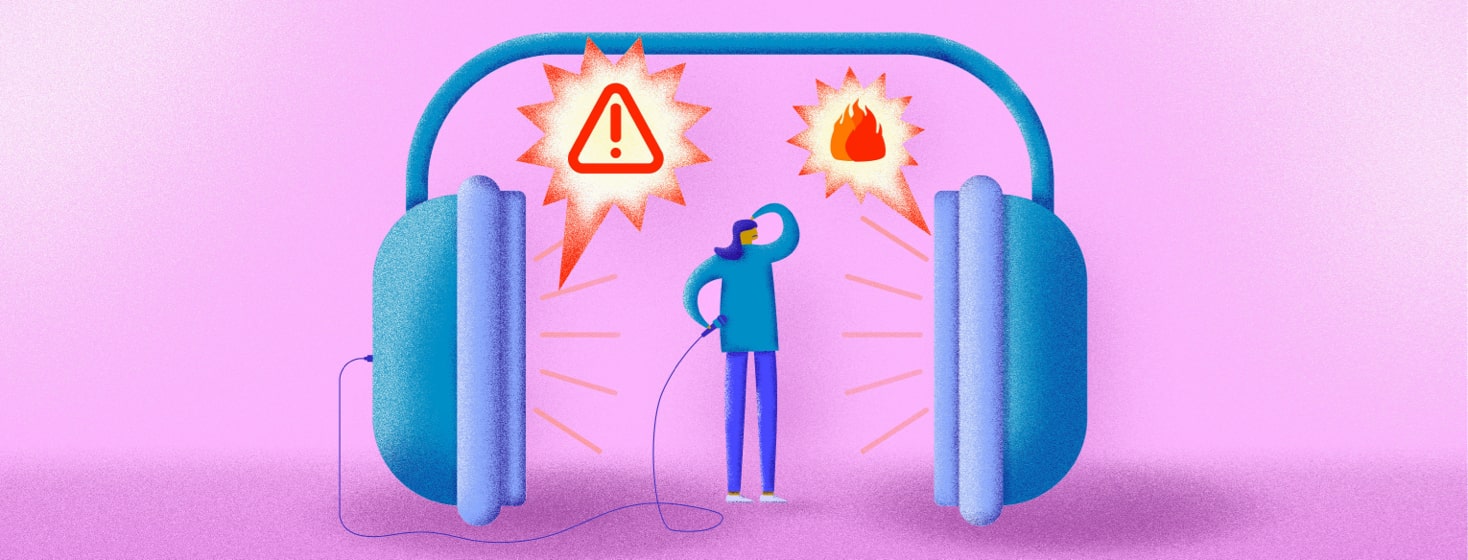RA Flare or RA Nudge
I recently had a significant RA flare, which is probably not news to anyone with rheumatoid arthritis. What was new for me was that it was the first one that was intense enough that I needed to go on a Medrol pack. It had been more than 3 years since I had to resort to that level of medication beyond my biologic. I actually had begun to think I was in remission.
Saying goodbye to my RA meds
Let me back up a bit. I stopped using methotrexate last year because of elevated liver enzymes, and I seemed to have no issue with stopping. The RA was under control. Then in February, I had to have double hernia surgery, and I had to stop taking my 1mg of prednisone, which I had been taking for over a decade. For a couple of months, it was fine. I chose not to go back on it. The only RA medication I was taking was my biologic.
The return of my symptoms
Mid-summer, I began to not feel so good, but it was very gradual. That is part of what makes identifying a true flare such a challenge! I noticed that my hands were tight and sore now and then. Same with my feet. Other joints joined the party, but all of it was slow and gradual.
I kept thinking it would subside, as it sometimes does. That is what makes the determinations of true flare so challenging. We all have those few days here and there when our joints are not great; we feel tired, etc. I tend not to consider those flares but rather RA nudges, meant to remind us we have a chronic disease.
How do I know if it's a flare?
The trick is differentiating between the RA nudge and the RA flare. Even after 26 years of having RA, I still find it challenging at times. This time was no different. Since it is so fresh in my mind, I want to share some of the differences between the 2.
The pain does not ease up
First of all, this time, it seemed to escalate. Rather than ease up or back off, it continued, and the pain and discomfort worsened over at least a month. With a nudge, it comes and goes, and after a few days, maybe even a couple of weeks, it has not changed much and finally begins to ease off. Additionally, there were some added symptoms this time. Along with the fatigue, I had itchy skin, sleeplessness, and brain fog, just to name a few.
OTC medications don't seem to help
I realized that a flare has many more components than joint pain, stiffness, and swelling. There is a myriad of other issues. When I have a nudge, I can often use OTC medications to handle the discomfort. Not so with a true flare. I might get some brief relief, but when the medication wears off, the symptoms return with a vengeance.
Other people notice something is wrong
Another key difference is the observations of my care team. Family and friends began to ask what was wrong. They helped me to identify that it was a true flare. My intuition kicked in, and I realized something was different. It was not easy to put my finger on it, but something was different. Finally, I called my physician, and after a brief conversation, she prescribed a Medrol pack. It worked. I also decided to stay on the 1 mg of prednisone, which has kept me copasetic.
So, the key takeaways for me are:
- Pay attention if there are more symptoms than a brief nudge.
- If it escalates, pay attention.
- Pay attention if OTC medications or other treatments do not curb the flare.
- Pay attention if your care team begins to notice and ask about your health.
- If you intuitively think this may be more intense, pay attention.
Keeping these considerations in mind may be just what we need to offset a true RA flare.
Nan

Join the conversation